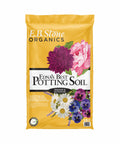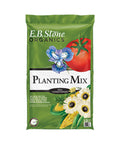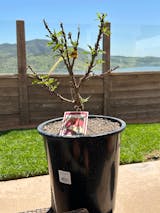Details
Edible Qualities
Arugula is a perennial vegetable plant that is commonly grown for its edible qualities, although it does have ornamental merits as well. The lobed green leaves can be harvested at any time in the season. The leaves have a spicy taste with a crisp texture and a distinctive fragrance.
The leaves are most often used in the following ways:
- Fresh Eating
- Cooking
Care
Planting & Growing
Arugula will grow to be about 24 inches tall at maturity, with a spread of 12 inches. When planted in rows, individual plants should be spaced approximately 10 inches apart. Its foliage tends to remain dense right to the ground, not requiring facer plants in front. It grows at a fast rate, and tends to be biennial, meaning that it puts on vegetative growth the first year, flowers the second, and then dies.
This plant is quite ornamental as well as edible, and is as much at home in a landscape or flower garden as it is in a designated vegetable garden. It does best in full sun to partial shade. It is very adaptable to both dry and moist growing conditions, but will not tolerate any standing water. It is not particular as to soil type or pH. It is somewhat tolerant of urban pollution. This species is native to parts of North America..
Arugula is a good choice for the vegetable garden, but it is also well-suited for use in outdoor pots and containers. It can be used either as 'filler' or as a 'thriller' in the 'spiller-thriller-filler' container combination, depending on the height and form of the other plants used in the container planting. Note that when growing plants in outdoor containers and baskets, they may require more frequent waterings than they would in the yard or garden.



































